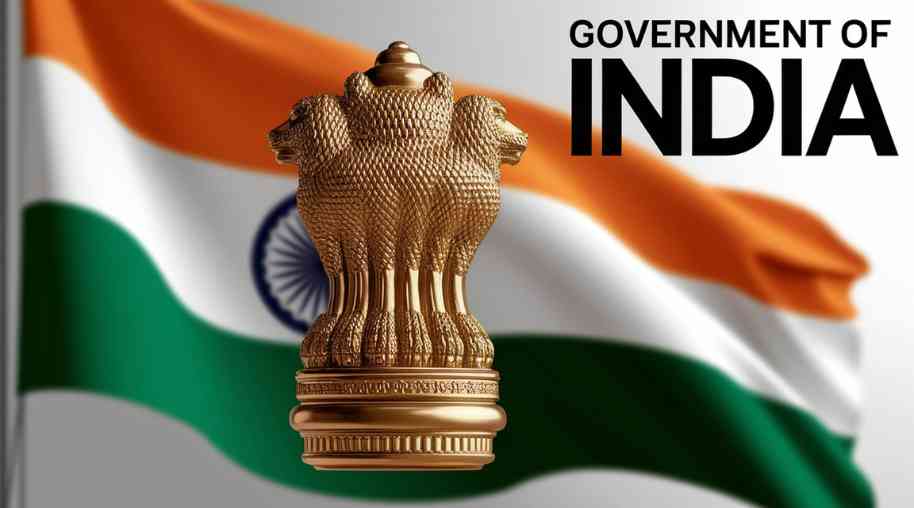PLR Full Form-Prime Lending Rate
by Shashi Gaherwar
0 1001
Prime Lending Rate: Meaning, Importance, and Impact on Borrowers
Introduction
The Prime Lending Rate (PLR) is a benchmark interest rate that financial institutions use to determine the interest rates for loans extended to their most creditworthy customers. It significantly influences borrowing costs across various sectors of the economy, impacting businesses, homebuyers, and consumers.
This article explores the definition, importance, and impact of the prime lending rate, along with its role in monetary policy and economic stability.
What Is the Prime Lending Rate?
The Prime Lending Rate (PLR) is the minimum interest rate that commercial banks and other financial institutions charge their best customers, usually large corporations or individuals with high creditworthiness. The PLR acts as a reference rate, influencing other interest rates in the market, including personal, auto, and home loans.
How Is the Prime Lending Rate Determined?
Several factors influence the Prime Lending Rate, including:
1. Reserve Bank of India (RBI) Monetary Policy:
a. The repo rate set by the RBI directly affects the PLR.
b. If the RBI increases the repo rate, borrowing costs for banks rise, leading to a higher PLR.
2. Inflation Rate:
a. Higher inflation typically leads to higher interest rates to curb excessive spending.
3. Market Demand for Credit:
a. When demand for loans increases, banks may adjust the PLR accordingly.
4. Liquidity in the Banking System:
a. More liquidity means lower interest rates, while tight liquidity leads to higher rates.
5. Cost of Funds for Banks:
a. The expense banks incur in acquiring funds affects the PLR.
Prime Lending Rate vs. Other Interest Rates
• Benchmark Prime Lending Rate (BPLR): An earlier system used in India before being replaced by the Marginal Cost of Funds based Lending Rate (MCLR) in 2016.
• MCLR: A flexible rate system that changes based on the bank's cost of funds.
• Repo Rate: The rate at which the RBI lends to commercial banks, influencing PLR.
Importance of the Prime Lending Rate
1. Affects Loan Interest Rates:
a. Changes in PLR impact interest rates on housing, vehicle, and business loans.
2. Guides Borrowing and Investment Decisions:
a. Higher PLRs discourage borrowing and investment, while lower rates encourage economic expansion.
3. Monetary Policy Tool:
a. The RBI uses interest rates to control inflation and economic growth.
4. Influences Banking Sector Stability:
a. Helps financial institutions manage risk and ensure profitability.
Impact of the Prime Lending Rate on Borrowers
1. Business and Corporate Borrowers
• A higher PLR increases borrowing costs, affecting business expansion and capital investments.
• Lower PLRs encourage companies to take loans for growth and infrastructure development.
2. Individual Borrowers
• Home loans, auto loans, and personal loans are directly linked to the PLR.
• When the PLR rises, EMI payments increase, affecting affordability.
3. Economy and Inflation
• Lower PLRs stimulate spending and investment, boosting economic growth.
• High PLRs help control inflation by reducing excess credit supply.
RBI’s Role in Regulating Prime Lending Rates
The Reserve Bank of India (RBI) plays a key role in influencing the PLR by:
• Setting Repo and Reverse Repo Rates: Changes in these rates affect borrowing costs for banks.
• Maintaining Liquidity: Ensuring sufficient liquidity in the banking sector to stabilize interest rates.
• Regulating Benchmark Rates: Ensuring fair lending practices by monitoring PLR fluctuations.
Challenges in Implementing the Prime Lending Rate System
• Lack of Uniformity Across Banks: Different banks may set varying PLRs, creating inconsistencies.
• External Market Factors: Global financial trends, inflation, and demand for credit influence rate changes.
• Impact on Small Borrowers: High PLRs may limit access to affordable credit for small businesses and individuals.
The Prime Lending Rate is a crucial financial benchmark influencing loan costs, monetary policy, and economic growth. Understanding how PLRs function helps borrowers make informed financial decisions. As the RBI continues to regulate interest rates, ensuring stability and economic progress remains a top priority.
With evolving financial markets, staying updated on PLR trends and banking policies is essential for businesses and individuals seeking credit solutions.

Share:








Comments
Waiting for your comments